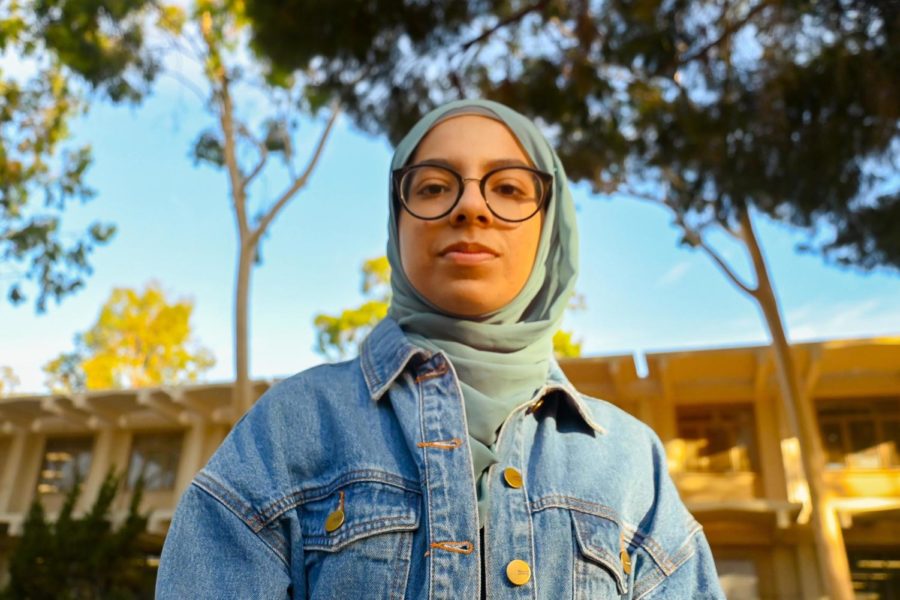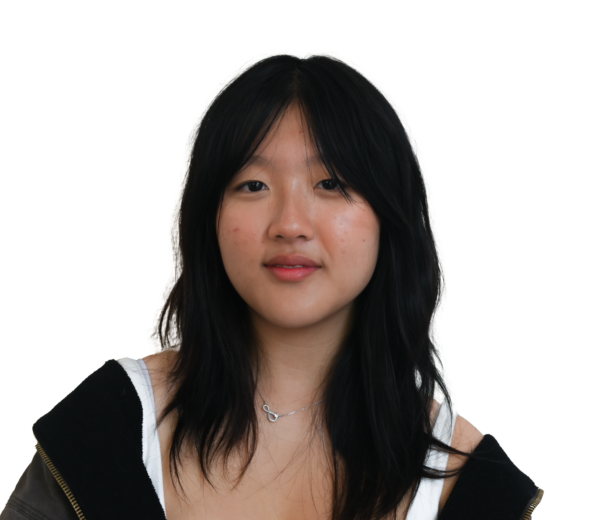The abridged version of this article appeared in the Nov. 2022 print edition of The Mirror. This is an uncut version.
A headscarf. At first glance it may just seem like an article of clothing, but it’s much more than that. It is a physical form of representation for women all around the world to show devotion towards their God, and express their identity.
Whether or not one chooses to wear a hijab, the Islamic term for a headscarf requires that a female wears it to cover the head, neck and chest. It is often influenced by family, tradition and societal expectations in Muslim countries.
“I’ve grown up in a hijab-wearing household,” senior Rayana Yasin said. “My mom had us start wearing them at an earlier age.”
Some make the decision to wear it early on in their lives, like junior Adiba Rysa, who started wearing a hijab when she was in third grade.
“My parents thankfully never forced me to do it, but I saw a lot of older girls wearing hijabs,” she said. “I thought they were so cool. I remember when my mom was washing the dishes, and I told her I wanted to wear a hijab.”
No matter what age one decides to wear a hijab, the purpose of the cloth stays the same. It’s a way for women to conceal their beauty from unknown men and maintain a level of modesty.
But others consider the meaning of hijabs to be more strict.
When 22-year-old Mahsa Amini died in custody after being arrested by Iran’s religious morality police for wearing her hijab too loose, women in Iran began to protest against the government’s hijab laws. In the aftermath of videos of Amini collapsing to the ground being released, authorities claimed that her death was caused by heart failure. However, many Iranians believe that her real cause of death was murder. As a result, female demonstrators have taken to the streets of Iranian cities, casting off their hijabs and cutting their hair short in public as acts of protest.
Los Angeles, often referred to as Tehrangeles — a portmanteau of Iran’s capital Tehran and Los Angeles — is home to as many as 700,000 people of Iranian descent, the largest Iranian population in the world outside of Iran.
Several weeks ago, a crowd of over 5,000 protesters gathered in downtown calling for Iranians to overthrow their hardline government over Amini’s death.
Human rights groups estimate that over 200 people have been killed so far by Iranian security forces as they were attempting to stop the protests over the killing of one woman.
The protests have gathered support and attention after videos of the protests and emotional appeals were posted to social media sites like Twitter, Instagram and TikTok. The Iranian government eventually shut down access to social media amid growing indignation around the world.
Although the outrage has been directed towards the Iranian government, Rysa is wary that the media may start to shift some blame on the women who choose to wear the hijab.
She sympathizes with those who don’t have the freedom to choose whether or not they want to wear the head covering.
“There are a lot of people who are sadly forced to wear it and we often see that in the media,” Rysa said. “A lot of kids who are already born in a Muslim family have to follow their religon because their parents follow it. I know people personally who wear their hijab when they’re at home, but when they come to school, they take it off because those people are being forced. I feel like it depends on a lot of factors such as where you grew up, what your parents are like and how you learn about religion.”
While in the West there is a widespread belief that hijabs are forced onto women, Yasin counters that wearing the hijab is meant to be a decision made on someone’s own accord, not a requisite.
Rysa feels disheartened by the negative stigma hijabs have, since many people perceive them as a symbol of male control over women’s bodies.
“It’s really sad that not everybody gets the same opportunities to see the beauty in it or really learn why we wear it, because it’s more cultural,” she said.
Regardless of the stigma, the hijab is an integral part of Rysa’s identity.
“Oftentimes, people do embrace the hijab because they learn to love it,” she said. “I learned to love it and respect it very much. I don’t know what I would be like if I didn’t wear my hijab.”




[email protected] • Dec 6, 2022 at 5:03 pm
amazing article lindsay!